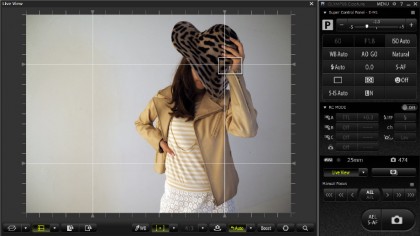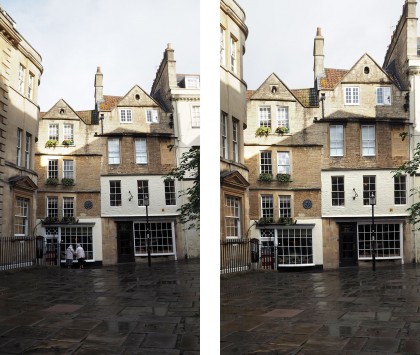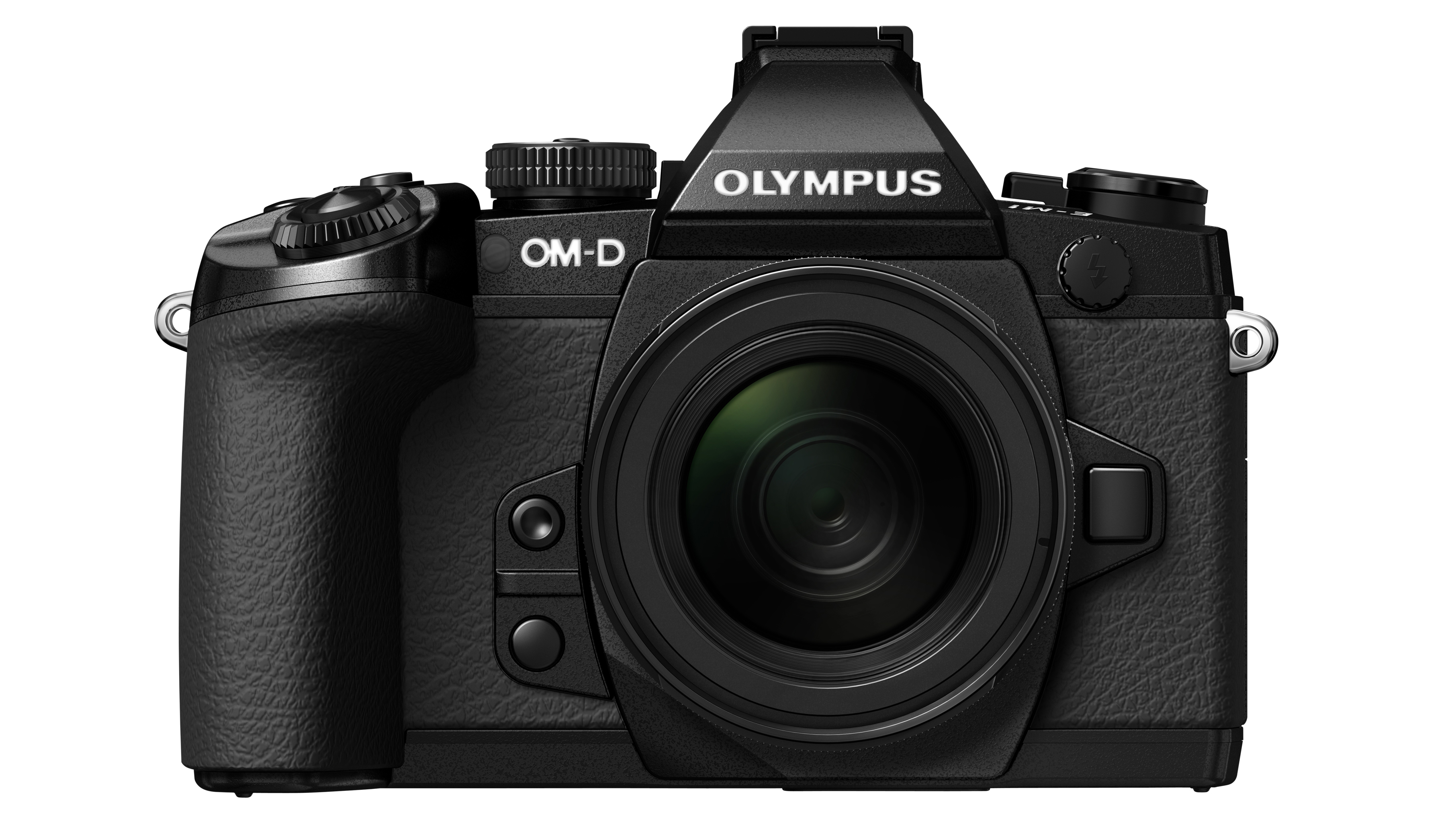Why you can trust TechRadar
With the release of the OM-D E-M1 Silver, Olympus also announced a firmware update 2.0. It comes pre-loaded on the Silver edition but can be downloaded and install on existing black OM-D E-M1s.
There are four key additions:
- Tethered shooting, using new Olympus Capture software
- In-camera Keystone Compensation for correcting perspective issues
- New Art Filters: Vintage and Partial Color
- Live Composite mode for fireworks displays and star trails, for example
Tethered shooting with Olympus Capture
This could be very useful to studio/commercial photographers because they can use it to view images remotely on a computer and make adjustments to the camera settings.

It's a popular way of working for studio pros, especially if they have clients or art directors there to oversee the shoot.
Keystone Compensation
Converging verticals are a big problem for architectural photographers. The problem is solved if you keep the camera level, but it's often impossible to find a shooting position where you can do this, so you end up having to tilt the camera upwards to get everything in.
The only optical solution here is a tilt-shift lens. This will straighten the verticals, but it's an expensive bit of kit that's time-consuming to set up and use.

But the OM-D E-M1 firmware update adds digital in-camera keystone correction. It's no different to the kind of correction you can apply in software later, but it's still useful nonetheless. You can correct vertical perspective distortion, horizontal distortion or both.
Sign up for breaking news, reviews, opinion, top tech deals, and more.
Art Filters: Vintage and Partial Color
Olympus has put a lot of time and effort into developing these filters, and they're now a long way from the 'novelty' effects you see on other cameras. Both the range of filters and the adjustments for each are growing all the time.

The new Vintage filter comes in three types – the shot above is Type I and produces a light and sunny, faded look.

The Partial Color filter is equally interesting. It produces black and white images with a single highlighted colour – you can choose the strength of the effect (the breadth of the colour range) and the colour you want to highlight, using the control wheel.
